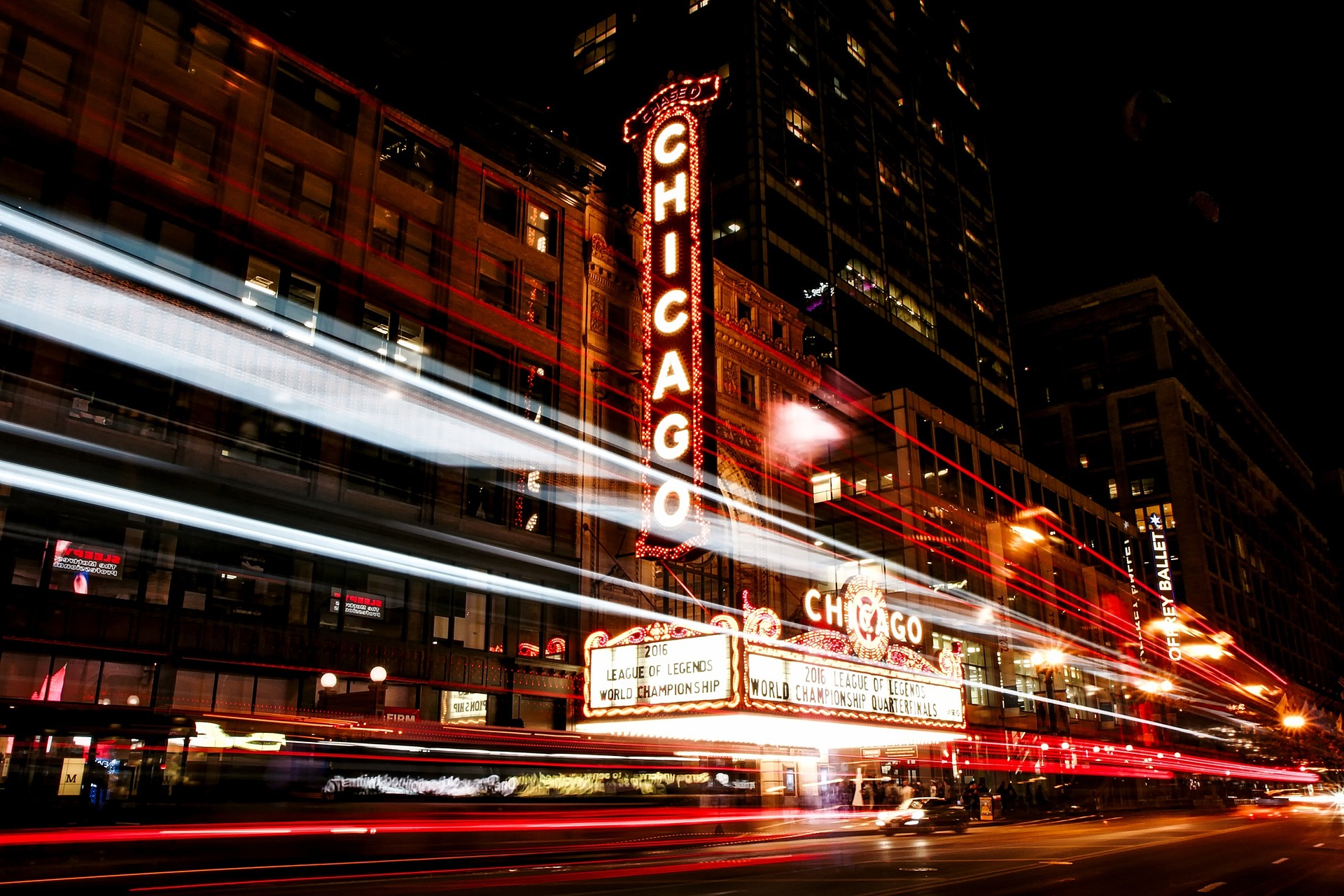The Dramatic Shift in Cinema: A Dive into Hyperrealism
The world of cinema is witnessing a dramatic shift, with hyperrealism taking center stage. This article explores the historical context, the current scenario, and the potential impact of this emerging trend. Hyperrealism, a term originally coined to describe an ultra-realistic style in fine arts, has found its place in the realm of cinema. In the early days of cinema, filmmakers strived to create a sense of escapism, a contrast to the harsh realities of daily life. The advent of hyperrealism, however, marked a shift towards portraying reality in its raw form, unvarnished and undistorted. The roots of hyperrealism in cinema can be traced back to the Italian Neorealism movement of the 1940s and 50s, which sought to depict the gritty reality of post-war Italy.

Hyperrealism Today: A Reflection of Reality
In recent years, hyperrealism has gained increasing traction in cinema, with filmmakers pushing the boundaries of realism. Today’s hyperrealistic films immerse the audience in the story, blurring the line between fiction and reality. This is achieved through the meticulous attention to detail, from the scriptwriting and cinematography to the performances and post-production effects.
A notable example is the critically acclaimed film, ‘1917’ directed by Sam Mendes, which employs an uninterrupted single-shot technique to depict the horrors of World War I with unnerving realism.
The Impact of Hyperrealism: A New Era for Cinema
The rise of hyperrealism signifies a new era for cinema—one that puts a premium on authenticity and truth. Hyperrealistic films challenge the audience, inviting them to confront the harsh realities of life rather than escape from them. Unsurprisingly, these films often spark intense discussions and debates, adding a new layer of depth to the cinematic experience.
Hyperrealism also impacts the art of storytelling in cinema. Traditional narratives are replaced by a raw depiction of life’s events, devoid of melodrama or exaggeration. This requires not just technical skill but also a deep understanding of human nature and society.
The Future of Hyperrealism
Hyperrealism is not just a fad but a significant shift in cinematic storytelling. As technology continues to advance, filmmakers will have more tools at their disposal to create even more realistic portrayals. However, this also raises ethical questions about the portrayal of violence and suffering. As hyperrealism continues to evolve, it will be interesting to see how filmmakers navigate these challenges.
In The Power of Hyperrealism
In conclusion, hyperrealism in cinema is a powerful tool that takes the art of storytelling to new heights. It compels us to confront reality, to feel empathy, and to think critically. As we look forward to the future of cinema, it is clear that hyperrealism will continue to play a crucial role, pushing the boundaries of what is possible in the realm of storytelling.




